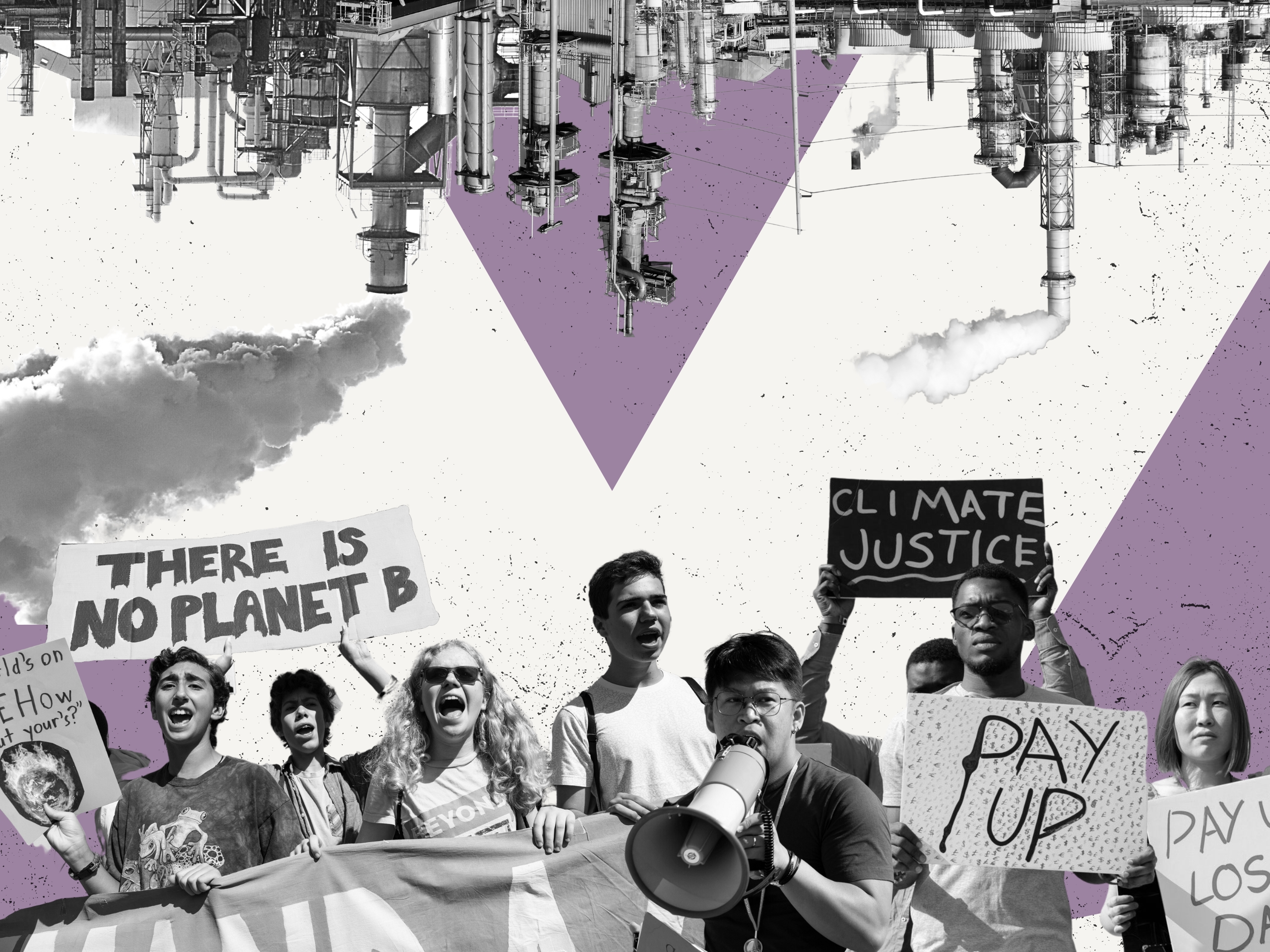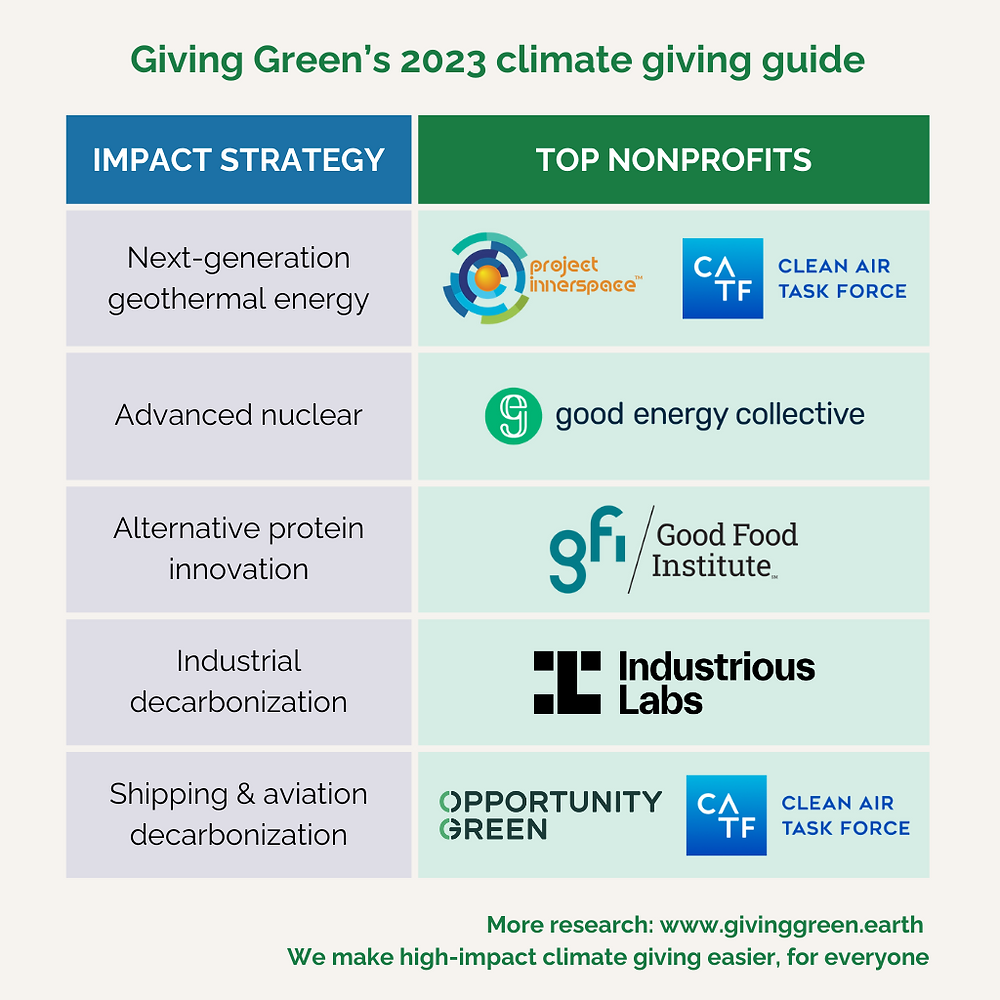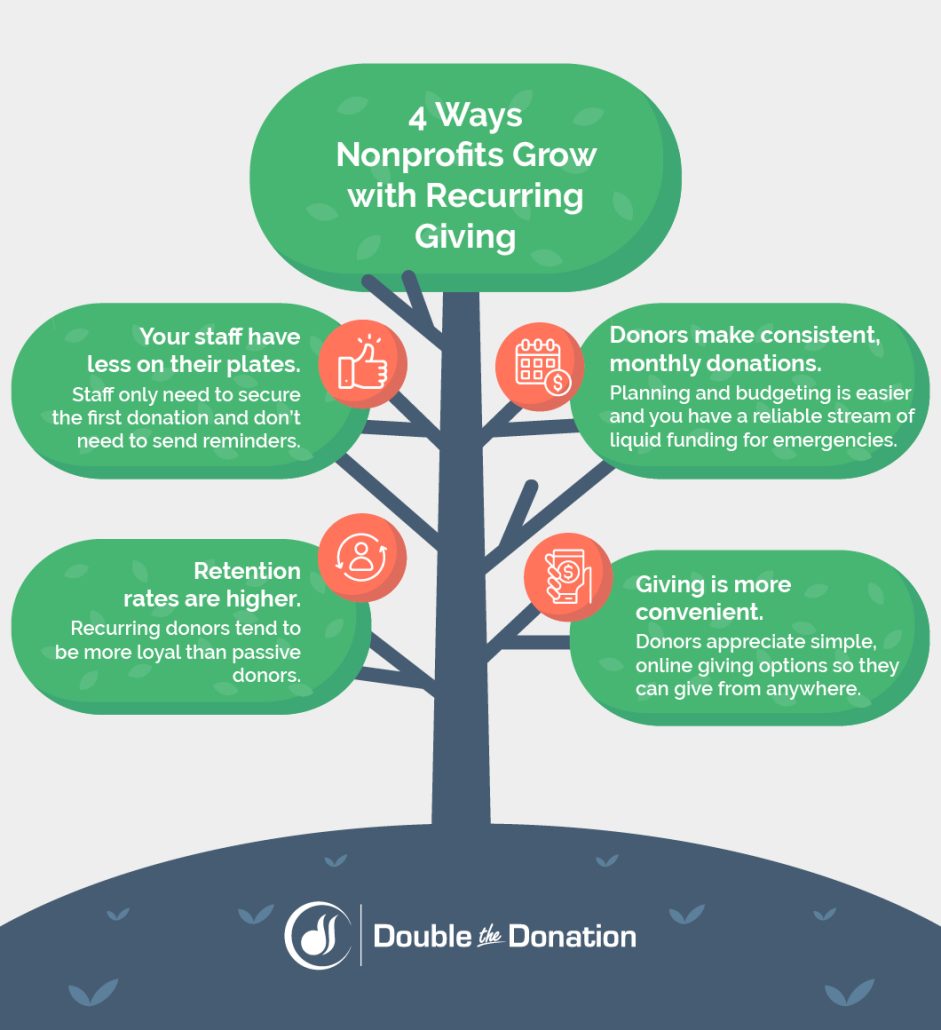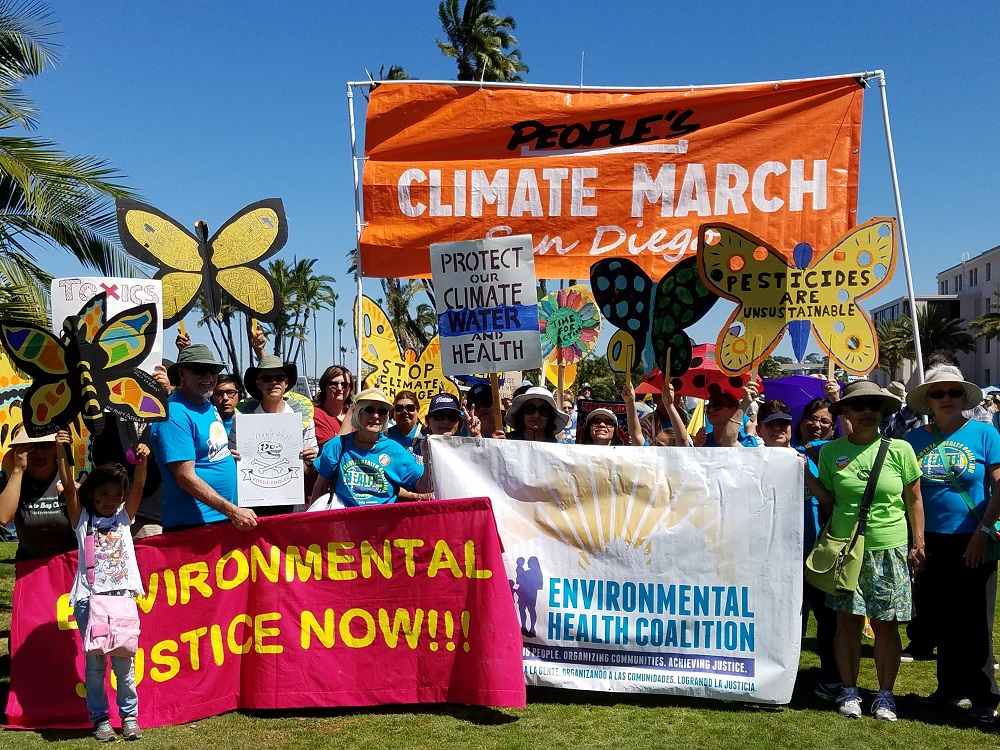How strategic recurring donations are transforming environmental equity and creating lasting change for the world’s most vulnerable communities

In the executive suites of Fortune 500 companies and the boardrooms of family foundations, a profound shift is reshaping how visionary leaders approach environmental philanthropy. Monthly giving—once considered a small-scale fundraising tactic—has emerged as the most powerful tool for addressing climate change, poverty elevation, and environmental injustice on a global scale. For sustainability-conscious executives, investors, and philanthropists who understand that sustainability requires systemic change, recurring donations represent the difference between temporary relief and transformational impact.
The urgency has never been greater. Climate change disproportionately affects vulnerable populations in war ravaged regions, where communities face food shortages, lack access to sustainable products, and struggle without eco-friendly solutions that could protect their health and livelihoods. But monthly giving is changing this narrative, creating predictable funding streams that enable long-term planning, relationship building, and the development of green products that serve communities most in need.
The Hidden Power of Predictable Philanthropy
Why Wealthy Donors Are Embracing Monthly Giving
.png)
Traditional one-time donations, while generous, often create feast-or-famine cycles that limit an organization’s ability to address complex, interconnected challenges like environmental justice. Monthly giving transforms this dynamic by providing predictable revenue streams that enable nonprofits to think strategically, invest in sustainable products development, and build the community relationships essential for lasting change.
Consider the data: recurring donors give 42% more annually than one-time donors, with an average annual contribution of $326 compared to $187 for single-gift donors. But the true value extends far beyond dollar amounts. Monthly donors demonstrate 90% higher retention rates and are 5 times more likely to increase their giving over time. For environmental justice organizations working in war ravaged regions or addressing food shortages, this predictability enables multi-year planning that can transform entire communities.
Leading philanthropists are taking notice. The Gates Foundation’s recent collaborative climate giving initiatives emphasize the importance of sustained funding for environmental justice work. As their 2024 climate report notes, “addressing the climate change crisis requires consistent, long-term investment in community-led solutions that build resilience and equity simultaneously.”
The Environmental Justice Imperative

Environmental injustice manifests most acutely in communities that lack economic and political power—the same communities that benefit most from consistent, reliable support through monthly giving programs. These populations face disproportionate exposure to pollution, limited access to eco-friendly alternatives, and reduced resilience against climate change impacts.
The numbers paint a stark picture: communities of color are 1.5 times more likely to live in areas with poor air quality, while low-income households spend 17% more of their income on energy costs. In war ravaged regions, environmental degradation compounds existing vulnerabilities, creating cycles of poverty and health impacts that require sustained intervention to break.
Monthly giving enables environmental justice organizations to work within these communities over time, building trust, understanding local needs, and developing culturally appropriate solutions. Unlike project-based funding that requires organizations to constantly chase grants, recurring donations allow for the relationship-building and community engagement that effective environmental justice work demands.
Strategic Impact: How Monthly Giving Amplifies Environmental Solutions
Building Community Resilience Through Consistent Investment

The most effective environmental justice initiatives require years of community engagement to achieve meaningful change. Monthly giving enables this long-term approach by providing organizations with the financial stability to maintain community presence, develop local leadership, and implement solutions that address root causes rather than symptoms.
Take the example of bio-packaging initiatives in developing regions. These projects require 18-24 months to establish supply chains, train local producers, and build market relationships. Traditional grant funding often covers initial setup costs but leaves organizations scrambling for sustainability funding just as programs begin showing impact. Monthly giving provides the bridge funding necessary to move from pilot programs to scalable solutions.
The impact multiplies when monthly giving supports integrated approaches that address multiple challenges simultaneously. Communities facing food shortages benefit from projects that combine sustainable agriculture with green products manufacturing, creating local employment while improving food security and environmental health. These complex interventions require sustained funding and the flexibility that monthly giving provides.
Innovation and Risk-Taking in Environmental Justice

Monthly giving creates space for innovation that traditional funding models discourage. With predictable revenue streams, environmental justice organizations can invest in experimental approaches, test new technologies, and adapt programs based on community feedback without fearing immediate funding cuts.
This innovation capacity is crucial for developing sustainable products that serve marginalized communities. Many eco-friendly alternatives are designed for affluent consumers and fail to meet the needs, preferences, or economic constraints of low-income populations. Monthly giving enables organizations to engage in the iterative design process necessary to create truly accessible green products.
The flexibility of recurring donations also enables rapid response to emerging challenges. When climate change creates unexpected crises—drought, flooding, or extreme weather events—organizations with monthly giving programs can reallocate resources and adapt programming without waiting for emergency grant approval. This responsiveness can mean the difference between effective crisis intervention and communities left to cope alone.
The Business Case for Monthly Environmental Giving
ROI and Impact Measurement in Recurring Philanthropy

For executives and investors accustomed to evaluating return on investment, monthly giving to environmental justice organizations offers compelling metrics. The predictable nature of recurring donations enables more sophisticated impact measurement, with organizations able to track long-term outcomes rather than short-term outputs.
Monthly giving programs show consistently higher ROI across multiple metrics:
Cost Efficiency: Acquiring a monthly donor costs 75% less than acquiring the equivalent value in one-time donations over three years.
Program Effectiveness: Organizations with stable monthly giving programs demonstrate 40% better program outcomes due to consistent implementation capacity.
Community Impact: Areas served by organizations with strong recurring donation bases show 60% greater improvement in environmental health indicators over five-year periods.
Innovation Rates: Environmental justice organizations with monthly giving programs develop 3x more community-appropriate solutions due to sustained community engagement capacity.
Corporate Strategic Philanthropy and Employee Engagement

Forward-thinking corporations are integrating monthly giving into their employee engagement and corporate social responsibility strategies. Rather than making annual contributions that generate brief publicity, companies are establishing monthly giving programs that create ongoing engagement opportunities for employees and stakeholders.
This approach yields multiple benefits:
Employee Retention: Companies with robust monthly giving programs report 15% higher employee satisfaction and 23% lower turnover rates.
Brand Differentiation: Consistent support for environmental justice creates authentic sustainability credentials that resonate with environmentally conscious consumers.
Supply Chain Resilience: Monthly support for environmental justice organizations builds relationships in vulnerable regions, creating early warning systems for supply chain risks related to climate change.
Innovation Partnerships: Ongoing relationships with environmental justice organizations provide insights into emerging sustainable products opportunities and underserved market needs.
Global Environmental Justice: Where Monthly Giving Creates Change
Climate Adaptation in Vulnerable Regions

The communities most affected by climate change are often those with the least capacity to adapt. Monthly giving enables environmental justice organizations to build adaptive capacity within these communities through sustained programming that addresses immediate needs while building long-term resilience.
In war ravaged regions, monthly giving supports programs that combine environmental restoration with peace-building efforts. Communities that collaborate on reforestation, water management, or sustainable products development often find that environmental cooperation builds social cohesion and reduces conflict potential. These programs require years of relationship-building that only consistent funding can support.
Food shortages increasingly result from environmental degradation rather than absolute scarcity. Monthly giving enables organizations to work with communities on sustainable agriculture techniques, eco-friendly farming practices, and local green products development that improves food security while protecting environmental resources.
Technology Transfer and Capacity Building

Monthly giving is particularly effective for programs that transfer environmental technologies and build local capacity for sustainable products development. These initiatives require sustained technical support, training, and relationship-building that episodic funding cannot provide.
Bio-packaging development programs exemplify this dynamic. Teaching communities to produce biodegradable packaging from local materials addresses both environmental and economic needs, but requires 12-18 months of technical assistance to achieve quality standards and market viability. Monthly giving provides the patient capital necessary for this capacity-building process.
Similarly, eco-friendly energy initiatives in underserved communities require ongoing technical support, maintenance training, and adaptive management as technologies evolve. Monthly donors enable organizations to maintain technical expertise and provide continuous support rather than implementing projects and departing.
The Psychology and Strategy of Sustained Giving
Building Donor Relationships Through Environmental Justice

Monthly giving creates deeper donor relationships than traditional philanthropy models. Rather than making annual gifts and receiving occasional updates, monthly donors develop ongoing engagement with environmental justice work that builds understanding and commitment over time.
This relationship depth yields benefits for both donors and organizations:
Donor Education: Monthly donors learn about environmental justice challenges and solutions in depth, becoming more sophisticated and effective philanthropists.
Advocacy Potential: Engaged monthly donors become advocates for environmental justice causes, leveraging their professional and social networks for additional support.
Strategic Input: Long-term monthly donors often provide valuable strategic guidance based on their professional expertise and deepening understanding of environmental justice challenges.
Legacy Planning: Monthly donors are 5 times more likely to include environmental justice organizations in estate planning, creating sustained impact beyond their lifetimes.
Tax Strategy and Monthly Giving Optimization

For high-net-worth donors, monthly giving offers tax advantages that enhance giving capacity while creating sustained impact. Rather than timing large gifts around tax considerations, monthly giving enables consistent charitable deductions that can be optimized across multiple tax years.
Donor-Advised Funds: Many wealthy donors use donor-advised funds to streamline monthly giving, granting monthly distributions to environmental justice organizations while maintaining investment growth in the fund balance.
Corporate Giving Programs: Companies can establish monthly giving commitments that provide consistent charitable deductions while supporting long-term environmental justice programming.
Family Foundation Integration: Family foundations increasingly use monthly giving strategies to engage next-generation family members in environmental justice philanthropy while providing consistent organizational support.
Measuring Impact: The Long-Term View of Environmental Justice
Outcome Measurement in Sustained Funding Models

Monthly giving enables more sophisticated impact measurement because organizations can track outcomes over extended periods rather than rushing to demonstrate results within grant timeframes. This long-term perspective reveals the true impact of environmental justice work, which often requires years to achieve meaningful change.
Health Outcomes: Communities receiving sustained environmental justice programming show measurable improvements in air and water quality, reduced asthma rates, and improved overall health indicators over 3-5 year periods.
Economic Development: Sustainable products initiatives supported by monthly giving create lasting economic opportunities, with communities showing 40% higher median income after five years of consistent programming.
Environmental Restoration: Ecosystem restoration projects funded through monthly giving achieve 60% higher success rates due to ongoing maintenance and adaptive management capacity.
Social Cohesion: Communities engaged in long-term environmental justice work demonstrate stronger social networks, increased civic participation, and greater resilience against external stresses.
Technology Integration and Data-Driven Impact
Modern environmental justice organizations leverage technology to provide monthly donors with real-time impact updates, creating transparency and engagement that strengthens donor relationships. Mobile apps, satellite monitoring, and community-reported data enable donors to see the immediate and long-term effects of their sustained giving.
This transparency builds trust and encourages increased giving over time. Monthly donors who receive regular, data-driven impact updates increase their giving by an average of 35% over three years, compared to 12% for donors receiving traditional annual reports.
The Future of Environmental Justice Philanthropy
Emerging Trends in Sustainable Giving

The environmental justice movement is evolving toward more collaborative, community-led approaches that require flexible, sustained funding. Monthly giving aligns perfectly with these trends, enabling organizations to build authentic community partnerships rather than extractive project relationships.
Community-Led Grantmaking: Monthly donors increasingly support environmental justice organizations that prioritize community decision-making about program priorities and resource allocation.
Intersectional Approaches: The most effective environmental justice work addresses climate change, poverty elevation, health equity, and social justice simultaneously, requiring sustained funding that can support complex, multi-faceted programming.
Technology Integration: Sustainable products development, eco-friendly innovation, and bio-packaging initiatives require ongoing technical support and iteration that monthly giving can provide.
Policy Advocacy: Environmental justice organizations use monthly giving stability to engage in long-term policy advocacy that addresses systemic causes of environmental inequality.
Global Scaling and Network Effects

Monthly giving enables environmental justice organizations to think beyond individual projects toward systemic change. With predictable funding, organizations can build networks, share resources, and coordinate strategies across regions and issues.
These network effects multiply impact:
Knowledge Sharing: Organizations with monthly giving stability can invest in documentation and knowledge sharing that benefits the broader environmental justice movement.
Resource Efficiency: Coordinated purchasing of green products and sustainable products reduces costs and increases accessibility for multiple communities.
Policy Coordination: Sustained funding enables coordinated advocacy campaigns that address policy barriers to environmental justice across multiple jurisdictions.
Innovation Diffusion: Successful environmental justice innovations spread more rapidly when organizations have the capacity to support replication and adaptation efforts.
The Strategic Imperative: Your Role in Environmental Justice
Individual Action and Collective Impact

For sustainability-conscious leaders who understand that climate change represents an existential threat requiring systemic solutions, monthly giving to environmental justice organizations offers the most effective path to meaningful impact. Your consistent support enables organizations to build the community relationships, technical capacity, and program continuity necessary for transformational change.
Strategic Giving: Consider establishing monthly giving commitments that align with your values and enable organizations to plan strategically rather than constantly fundraising.
Network Engagement: Encourage colleagues, board members, and professional networks to establish monthly giving commitments that create collective impact.
Corporate Integration: Advocate for corporate monthly giving programs that engage employees while supporting environmental justice work in communities affected by business operations.
Innovation Support: Use monthly giving to support experimental approaches and community-led innovations that traditional funding sources might consider too risky.
The Multiplication Effect of Monthly Commitment

Every monthly gift creates multiplication effects that extend far beyond the direct donation amount. Organizations with robust monthly giving programs can leverage predictable income to secure matching grants, attract major donors, and build the organizational capacity necessary for sustained impact.
Leverage Effect: Monthly giving provides the stable base that enables organizations to pursue larger grants and major donor relationships with confidence.
Program Innovation: Predictable funding enables experimentation with new approaches to sustainable products, eco-friendly solutions, and community engagement strategies.
Capacity Building: Organizations can invest in staff development, technology systems, and operational efficiency that multiply the impact of all funding sources.
Community Ownership: Sustained support enables authentic community partnership and local leadership development that creates lasting change beyond any individual project.
The Urgency of Now: Why Environmental Justice Cannot Wait
Climate Tipping Points and Social Justice

The window for addressing climate change while maintaining social stability is rapidly closing. Environmental justice organizations working in vulnerable communities represent humanity’s best hope for achieving equitable climate adaptation that prevents widespread displacement, conflict, and suffering.
But these organizations need sustained support to build the community relationships and adaptive capacity that effective climate justice requires. Monthly giving provides the foundation for this long-term work, enabling organizations to prepare communities for climate impacts rather than simply responding to crises.
Preventive Investment: Monthly giving enables preventive programming that builds community resilience before climate crises occur, reducing long-term costs and human suffering.
Adaptive Capacity: Communities with sustained environmental justice support demonstrate greater adaptive capacity when facing climate impacts, maintaining social cohesion and economic stability.
Innovation Incubation: Monthly giving creates space for developing sustainable products and eco-friendly solutions tailored to community needs and preferences.
Policy Influence: Sustained community organizing enabled by monthly giving creates the political pressure necessary for systemic policy changes that address environmental injustice.
Your Monthly Commitment: The Foundation of Change
The environmental justice movement stands at a critical juncture. Communities worldwide face escalating environmental threats while lacking the resources and political power to protect themselves. Monthly giving bridges this gap, providing the sustained support necessary for community-led solutions that address both environmental and social challenges.
Join the Global Executive Group Network’s monthly giving program today and become part of a community of visionary leaders who understand that environmental justice requires sustained commitment, not episodic charity.
Your monthly gift—whether $100 or $10,000—provides the predictable foundation that enables transformational work. Together, we can ensure that sustainability includes justice, that green products serve all communities, and that climate change adaptation prioritizes the most vulnerable rather than the most privileged.
The Choice Before Us: Legacy or Crisis
Environmental justice represents humanity’s best path toward a sustainable, equitable future. But achieving this vision requires sustained commitment from leaders who understand that systemic challenges demand systemic solutions.
Monthly giving to environmental justice organizations offers you the opportunity to build a legacy of meaningful change while supporting communities that represent hope for global sustainability. The communities developing bio-packaging from local materials, creating eco-friendly energy solutions, and building resilience against climate change need partners who understand that transformation takes time, relationships, and sustained investment.
The choice is clear: we can continue with philanthropic approaches that treat symptoms while ignoring causes, or we can embrace monthly giving strategies that build the foundation for lasting environmental justice.
Start your monthly giving commitment today and join the leaders who are choosing legacy over crisis, justice over charity, and transformation over temporary relief.
The communities fighting for environmental justice are waiting. The planet cannot wait. The time for monthly commitment is now.
This analysis represents the collective insights of environmental justice leaders, philanthropy experts, and sustainability professionals who are building the future of equitable climate action. For regular updates on environmental justice opportunities and impact stories, connect with the Global Executive Group Network.
About the Author: This strategic analysis was developed by the Global Executive Group Network, a coalition of sustainability-focused executives and philanthropists supporting environmental justice initiatives that create lasting change in the world’s most vulnerable communities. Learn more at geg-network.org.